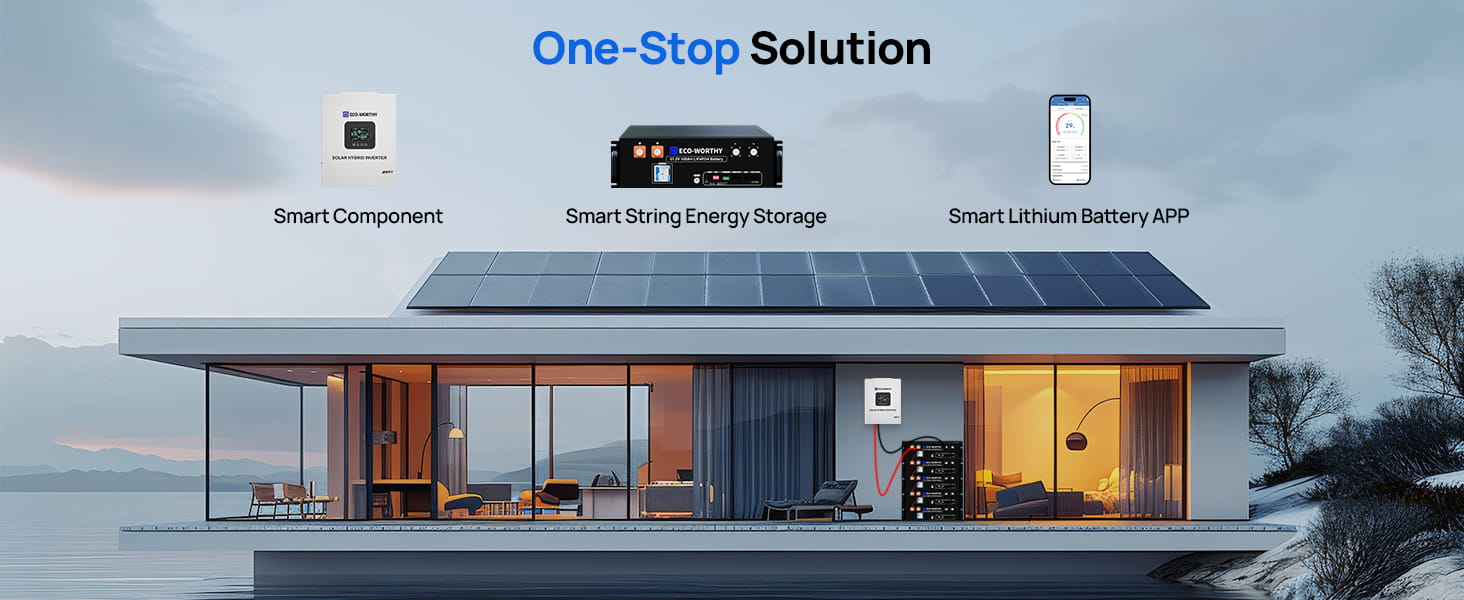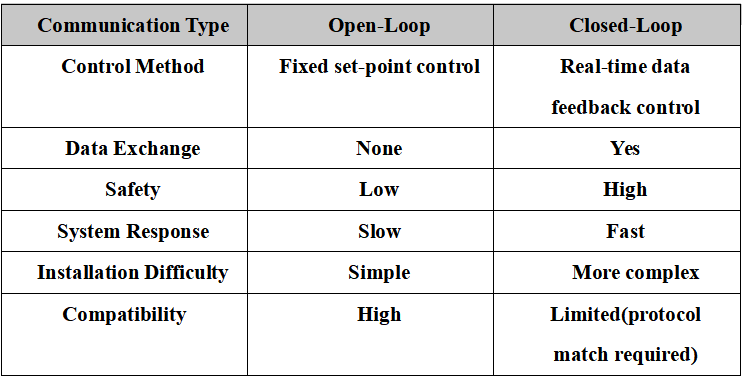
III. Comparison and Summary

Ⅳ. Recommended Application Scenarios
Title
Related Products






